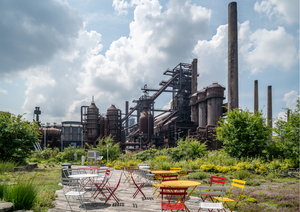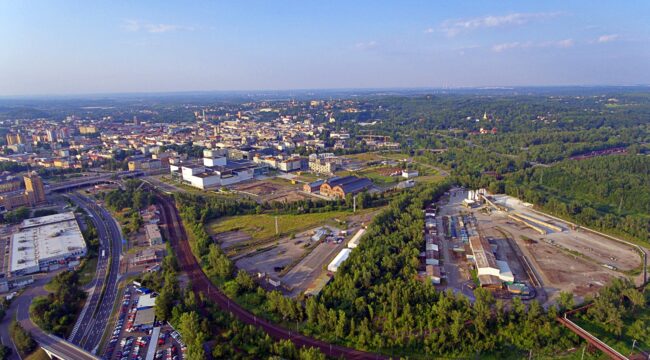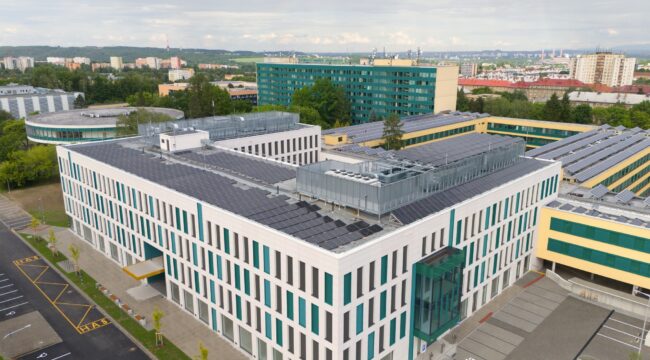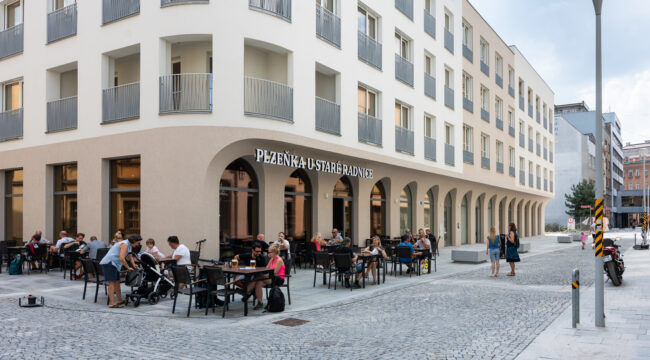The hidden potential of Ostrava’s brownfields
Brownfields are unused areas of land or buildings that represent a huge reservoir of unharnessed potential. In Western Europe, brownfields first began to appear in the 1960s, while in the Czech Republic they emerged as part of the post-communist economic transformation in the 1990s. Brownfields are silent witnesses to the former glory of our industrial past – yet they are also neglected, unused sites which fail to meet basic safety standards, and the private sector is usually unwilling to convert them for new use. Brownfields are often located in the central parts of towns and cities, where they represent an obstacle to sustainable urban development.
For Ostrava and its region – formerly a major centre of heavy industry – brownfields are of crucial importance. Sites and buildings previously used for mining, iron and steel production or other industries are scattered throughout the city. It has been estimated that 8.9% of Ostrava’s surface area (19.04 square kilometres) is affected by former industrial activity.
The largest brownfields in Ostrava are the former Karolina area, Lower Vítkovice and Hrušov. These three sites represent examples of best practice for revitalizing brownfield areas. Lower Vítkovice has undergone a huge transformation already, yet much of the area still awaits redevelopment. This iconic former ironworks complex has become a vibrant centre for tourism, culture and education. Besides the historic ironworks, other visitor attractions include the recently opened branch of the National Museum of Agriculture as well as two surviving blast furnaces that are set to be converted into the Museum+ centre, which will present exhibits from the National Museum drawing from its natural history, science and technology, art and history collections. Other developments planned for Lower Vítkovice include a new head office and museum for the Kofola company (only in Czech) at the historic bath-house of a former coal mine (the project has unfortunately been delayed as a result of the pandemic).
The Vítkovice brownfield is also set to grow in two directions. The last issue of the Newsletter included information on an urban planning study that is currently underway, which will set out future plans for the area to the north, between the current Lower Vítkovice complex and the Karolina area. The brownfield will also expand southward with the construction of the new P3 Ostrava Central business park. The P3 project will create a business and industrial zone including warehouses and other facilities for the rapidly growing logistics and e-commerce sectors, plus sales showrooms, light industrial manufacturing premises and office developments.
A database of fully regenerated brownfields and sites that still await new use is maintained by Moravian-Silesian Investment and Development (MSID), and can be accessed here (only in Czech)




